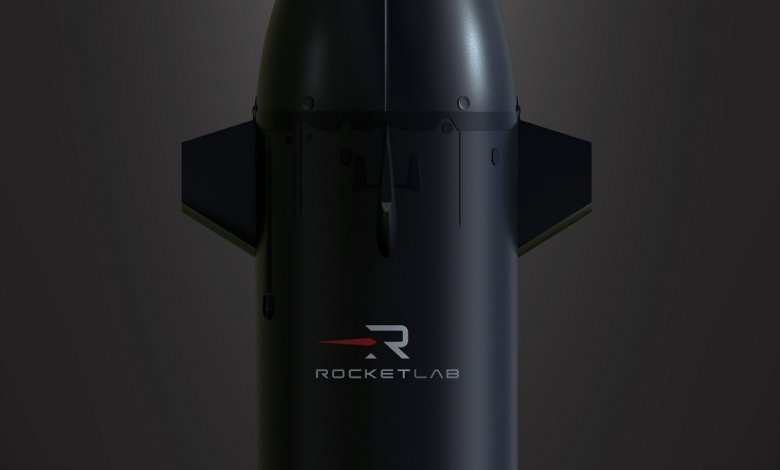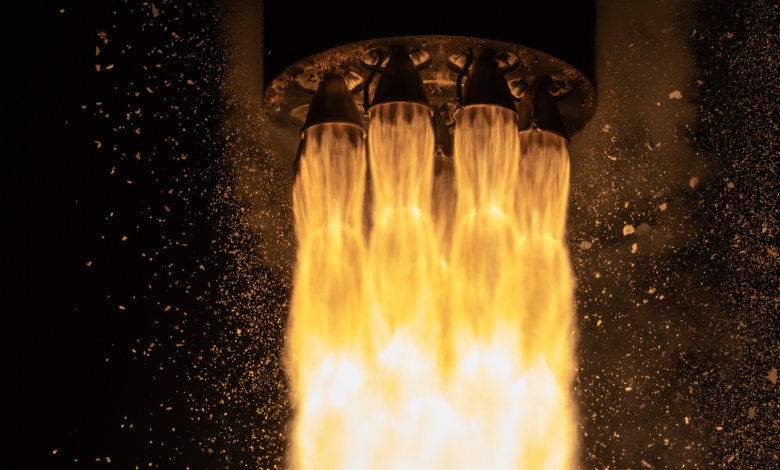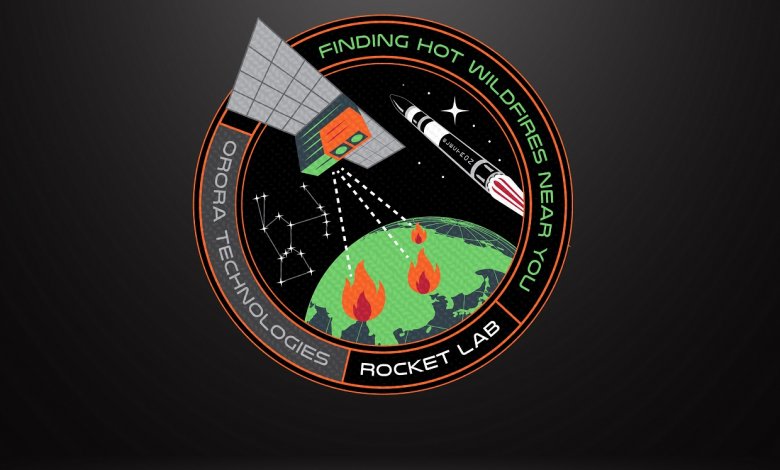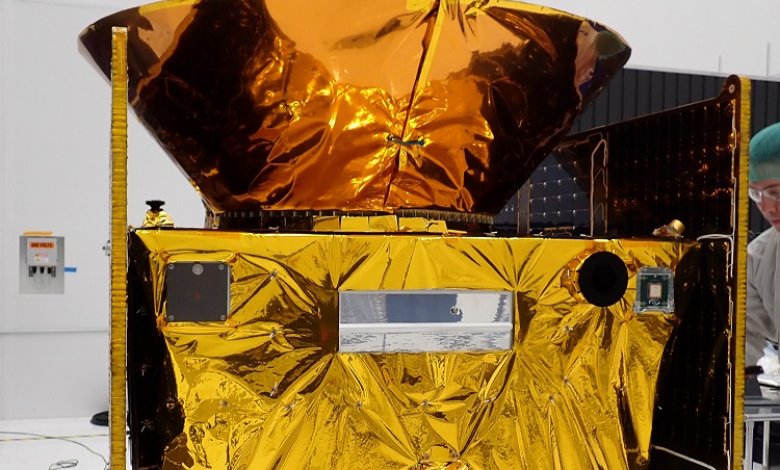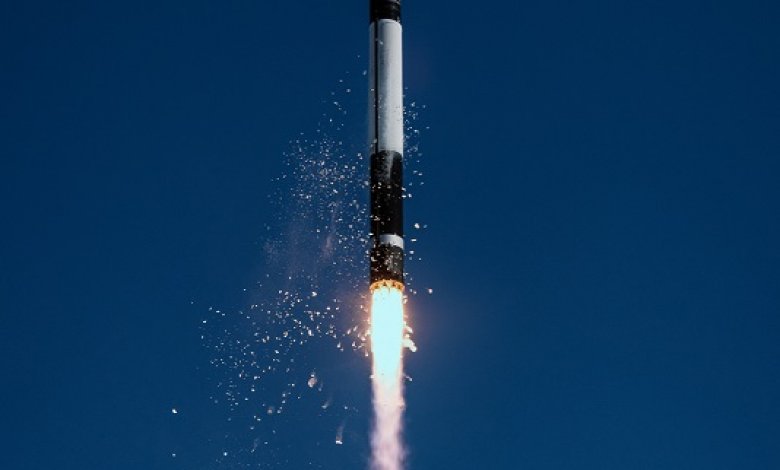Rocket Lab Prepares to Launch Mix of NASA and Commercial Satellites, and Takes Next Step in Rocket Reusability Program

Rocket Lab Prepares to Launch Mix of NASA and Commercial Satellites, and Takes Next Step in Rocket Reusability Program
The ‘Baby Come Back’ launch is scheduled to lift off from Rocket Lab Launch Complex 1 in New Zealand as early as July 18 NZST and is the Company’s second recovery mission of 2023
Mahia, New Zealand. July 17, 2023 – Rocket Lab USA, Inc. (Nasdaq: RKLB) (“Rocket Lab” or “the Company”), a leading launch and space systems company, is preparing to launch a mix of satellites for NASA and commercial satellite constellation operators in the coming days. The mission, named Baby Come Back, is scheduled for lift-off between 11:30– 13:30 NZST on July 18th from Pad B at Launch Complex 1 on New Zealand’s Mahia Peninsula. Rocket Lab will be attempting to recover Electron’s first stage from the ocean following the launch in the next major step in the Company’s program to make Electron a reusable rocket.
Launch Window Opens:
NZST | 11:30, July 18
UTC | 23:30, July 17
EDT | 19:30, July 17
PDT| 16:30, July 17
Baby Come Back will launch a total of seven satellites to a sun synchronous orbit for three customers: NASA, Space Flight Laboratory and Spire Global.
NASA: NASA’s Starling mission is a four CubeSat mission designed to advance technologies for cooperative groups of spacecraft – also known as swarms. Spacecraft swarms refer to multiple spacecraft autonomously coordinating their activities on orbit. Once positioned in orbit around Earth and spaced about 40 miles / 64 km apart, Starling’s spacecraft will demonstrate the ability to autonomously fly together while keeping track of each other’s relative positions and trajectories. They also will demonstrate the ability to plan and execute activities as a group, without guidance from mission controllers, including responding to new information from onboard sensors. Starling’s spacecraft will also demonstrate creating and maintaining an inter-spacecraft communications network that automatically adjusts to changing conditions. The Starling mission will test whether the technologies work as expected, what their limitations are, and what developments are still needed for CubeSat swarms to be successful.
Space Flight Laboratory (SFL): Space Flight Laboratory (SFL) selected Rocket Lab to launch Telesat’s LEO 3 demonstration satellite that will provide continuity for customer and ecosystem vendor testing campaigns following the decommissioning of Telesat’s Phase 1 LEO satellite. LEO 3 will serve an important role for low-latency customer applications testing, and for supporting LEO antenna and modem development efforts in advance of the Telesat Lightspeed network deployment.
Spire Global: Spire will launch two 3U satellites carrying Global Navigation Satellite System Radio Occultation (GNSS-RO) payloads to replenish its fully deployed constellation of more than 100 multipurpose satellites. Spire’s satellites observe the Earth in real time using radio frequency technology. The data acquired by Spire’s GNSS-RO payloads provide global weather intelligence that can be assimilated into weather models to improve the accuracy of forecasts.
Baby Come Back will be Rocket Lab’s seventh Electron launch of 2023, 39th Electron launch overall, and the Company’s second recovery mission this year. After launch, Electron’s first stage will return to Earth under a parachute and complete a soft splashdown in the Pacific Ocean. Rocket Lab’s marine recovery vessel will then move into position to extract the stage from the ocean and transport it back to Rocket Lab’s production complex for analysis. This Electron first stage features new recovery upgrades including waterproofing systems to protect key engine and avionics components. Rocket Lab’s transition to marine recovery away from mid-air capture has been informed by previous recovery missions that showed Electron components and engines passed requalification testing following ocean splashdowns, so this next mission represents near final maturation of the marine recovery system in preparation for reflight of a booster.
Rocket Lab will host a live webcast available at www.rocketlabusa.com/live-stream from around T-20 minutes on launch day.
ENDS



